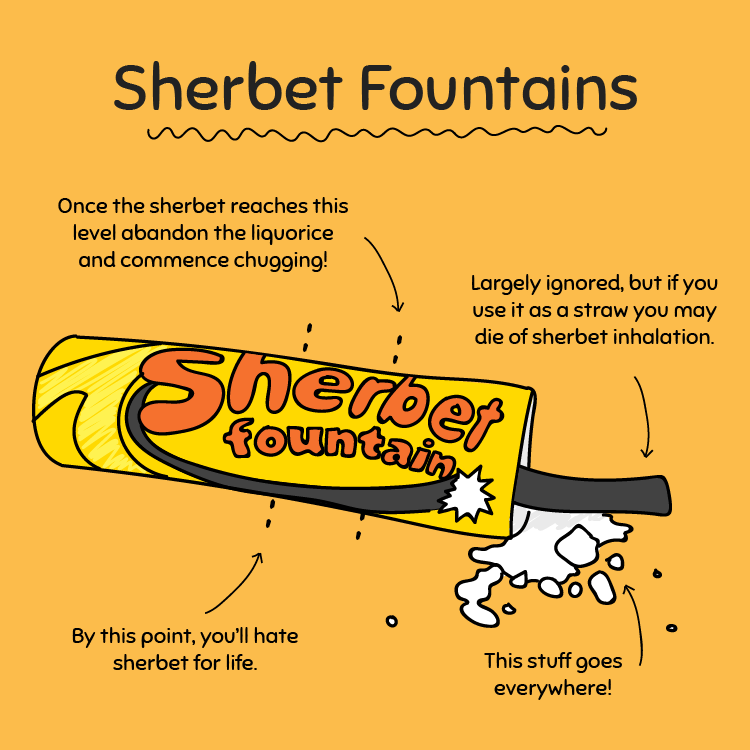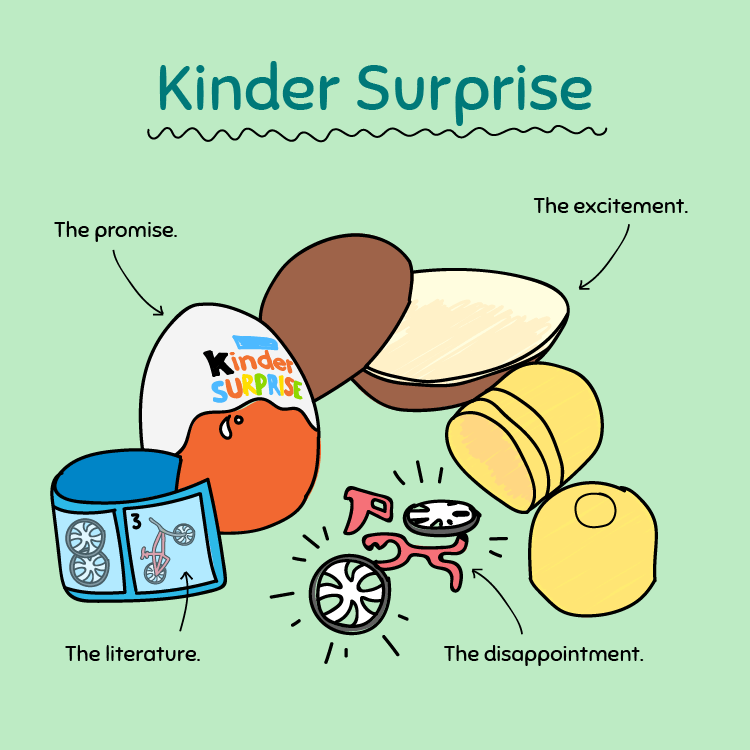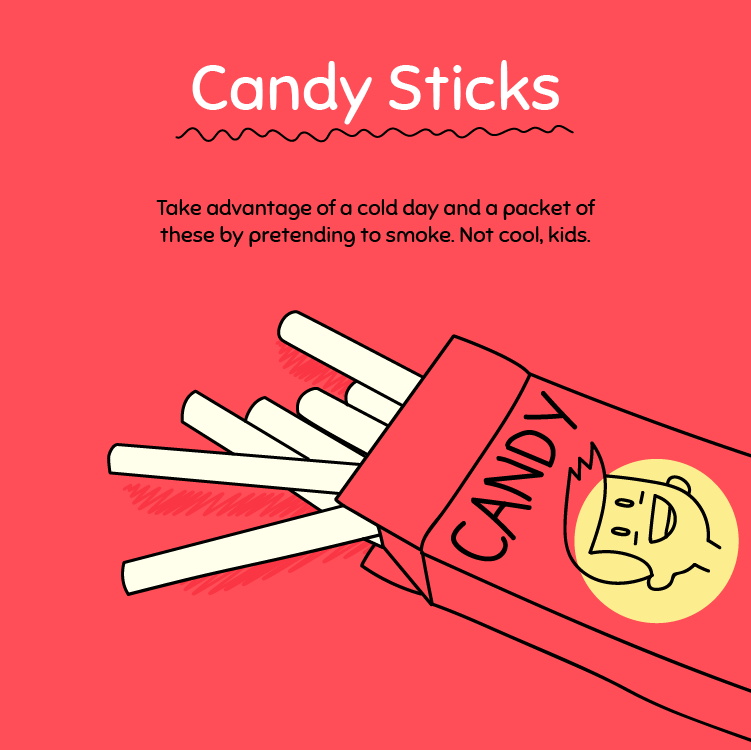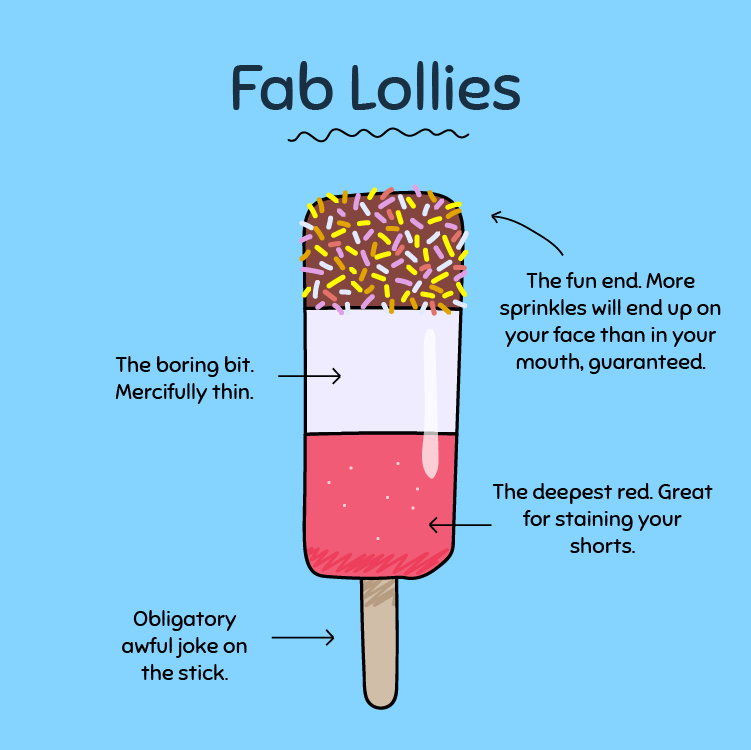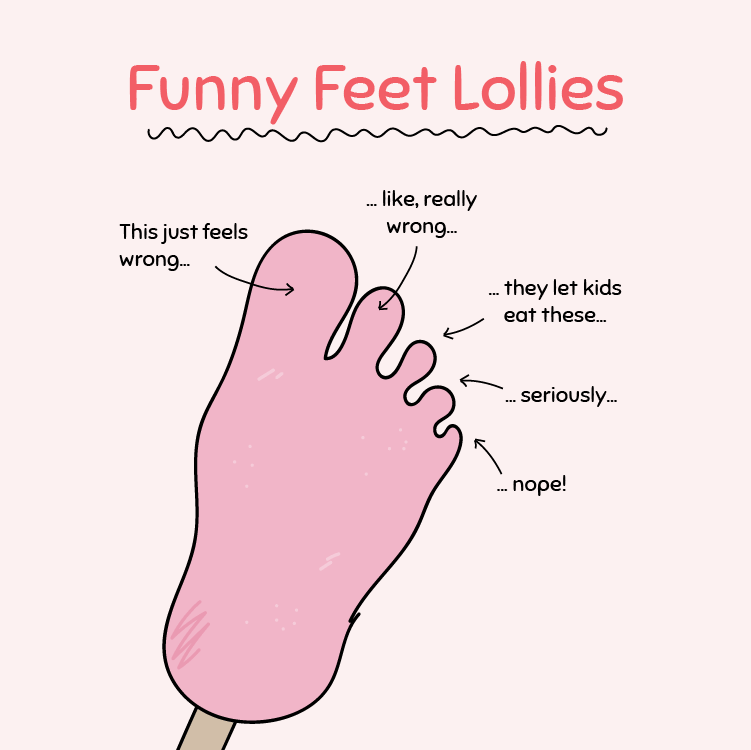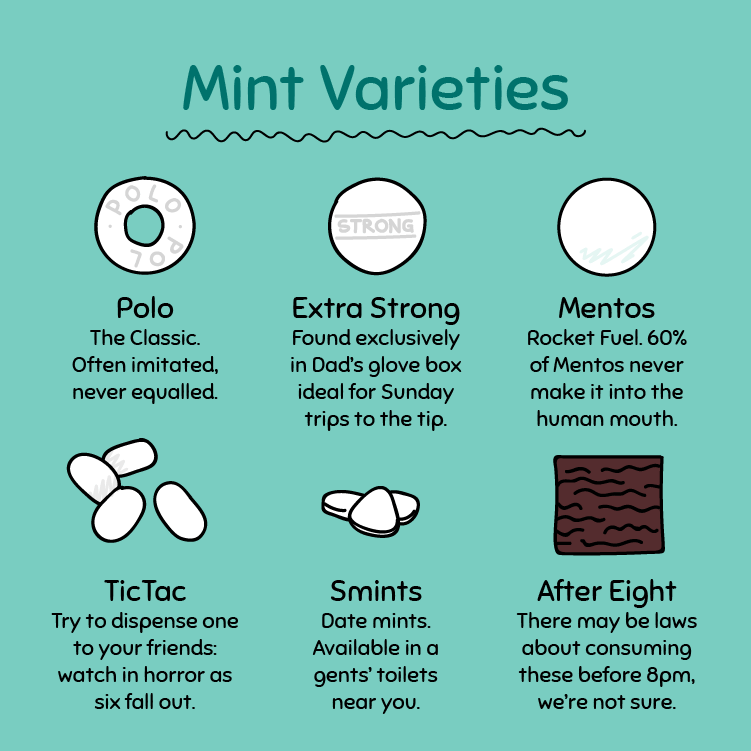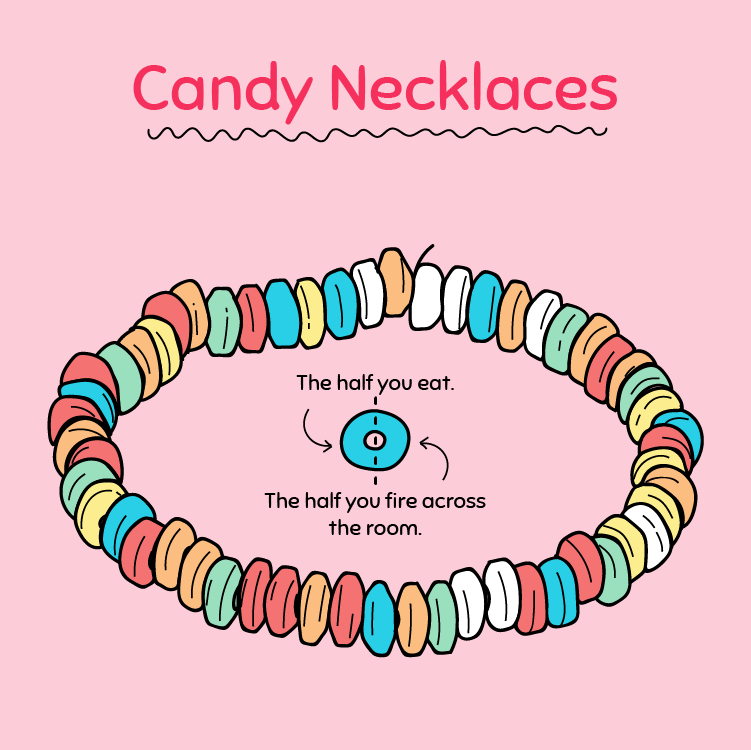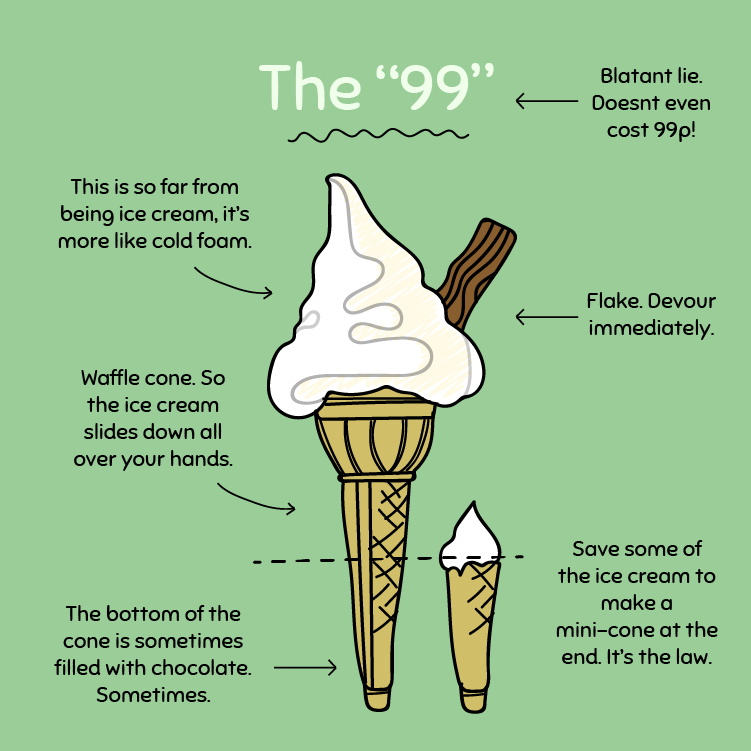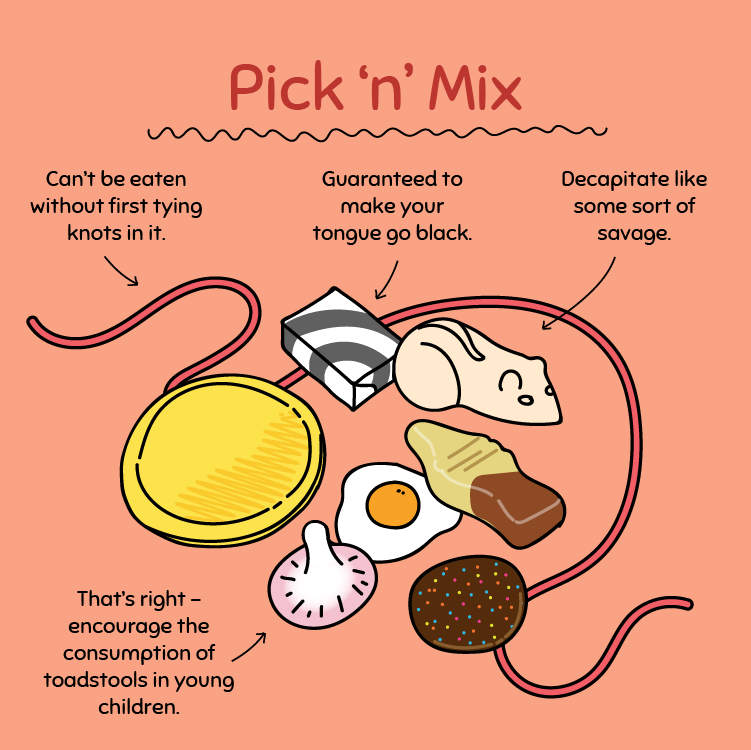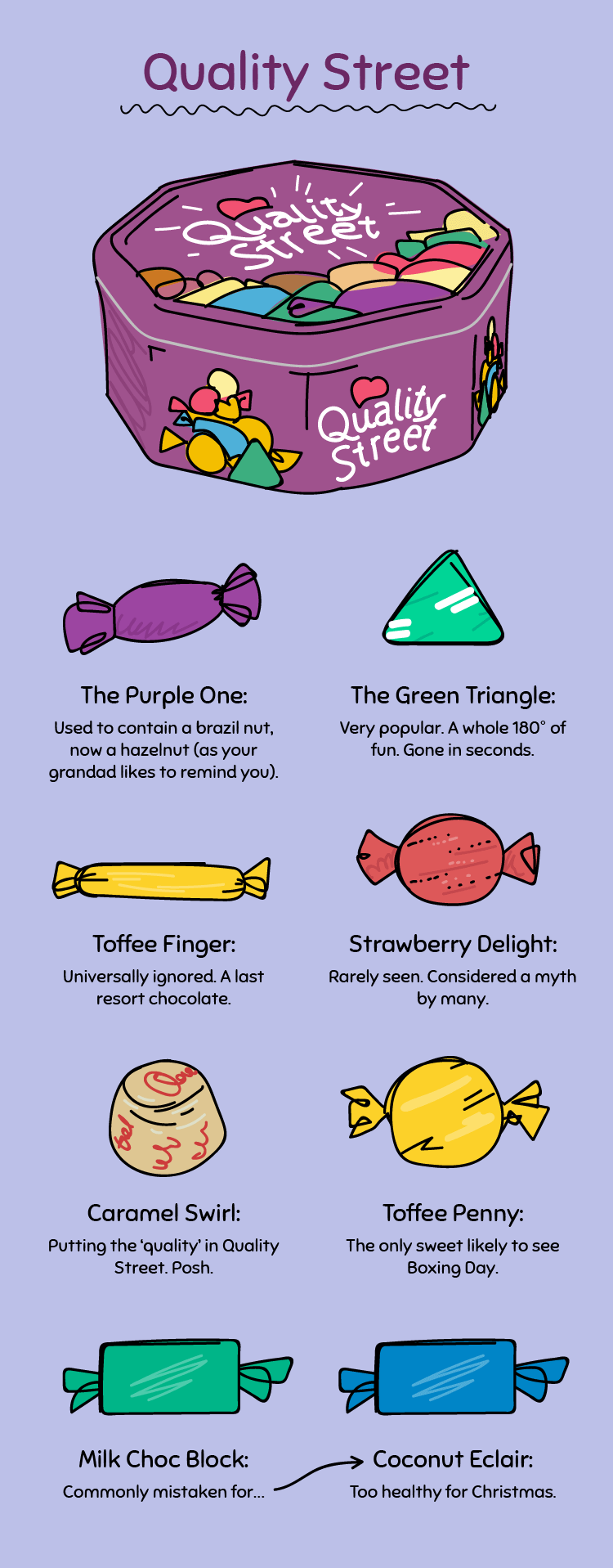How many colours are in your candy?

Share this Image On Your Site
Have you ever opened a packet of sweets and wondered why there seems to be so few of your favourites? Many people often feel this way, but is it just coincidence, or plain bad luck? We bought lots of the nation’s favourite sweets and decided to put the theory to test – do you get more of certain sweets in a pack or is there an even split?
Skittles
The first sweet under investigation was skittles. We bought several packets of traditional 55g packs and counted how many of each coloured sweet you get per pack. Green was the most popular colour on average followed closely by orange. We discovered that the average packet includes 52 skittles with thirteen being green and twelve orange. Purple and red were the least common sweets in the pack with eight red skittles and seven purple. It is difficult to tell what everyone’s favourite skittles are but according to this survey by Tellwut, strawberry was top of the charts. If this is true then you are actually getting a lot less of your favourite. The same survey however did show lime to be the second favourite and we found that to be the most common.
Wine Gums
In an average 52g pack we found there to be twelve sweets on average. 25% of the pack seemed to be dedicated to the red sweets whereas we found there to be an even split between the rest. In analysing our packs we also recorded the number of all sweets in any given packet and out of twelve sweets, one packet contained seven red sweets. Our wine gum experiment seemed to show a clear favourite but does this match what the nation wants? Cadbury’s themselves reported 80% of people preferred red and black wine gums so assuming that’s true, wine gums are delivering what you want.
Fruit Pastilles
In an average 52g pack of fruit pastilles we found you get 14 sweets, split into the colours red, green, purple, yellow and orange. We found green to be the most popular with four sweets on average per pack. Green pastilles was also the most common colour in a single packet having found more than half (eight) in one packet.
Gold Bears
Haribo Gold Bears are a popular sweet choice but how do they fair in our colour comparison? A 100g bag was found to contain 43 gold bears on average and there did seem to be a more even split between the various coloured sweets. There was an even number (eight) of red, gold and green bears. White bears were close behind with bags containing seven on average – we also found the most number of white bears in a single pack.
Jelly Babies
An average 350g bag includes 45 jelly babies and on average red and yellow sweets were found to be the most common. We also found more red sweets in any single pack than any other colour so from a jelly babies point of view, if red is your favourite then your all set. If you know the stories of the jelly baby bears however this might not come of any surprise. When Cadbury Schweppes took over the brand in 1989 they gave each bear a name and character story – the red bear is called Brilliant and he is noted as leader of the gang.
Starburst
Starburst were the sweets that had the most even split out of all the sweets we tested. In an average 192g bag, we found 43 starbursts in a pack – eleven red sweets, eleven purple sweets, eleven orange sweets and ten green sweets. All pretty much even so no evident favouritism.
So if you want a fair chance of getting your favourite coloured sweet you’re best of buying Starburst or Gold Bears. Skittles, Fruit Pastilles and Jelly Babies were found to contain more of certain colours which is great if you like their favourites. If your favourite is one of their rarer colours however your only option is to buy more sweets and hope for the best.



